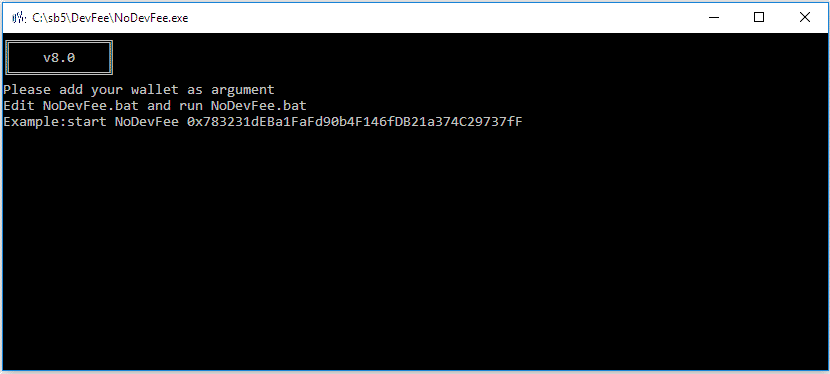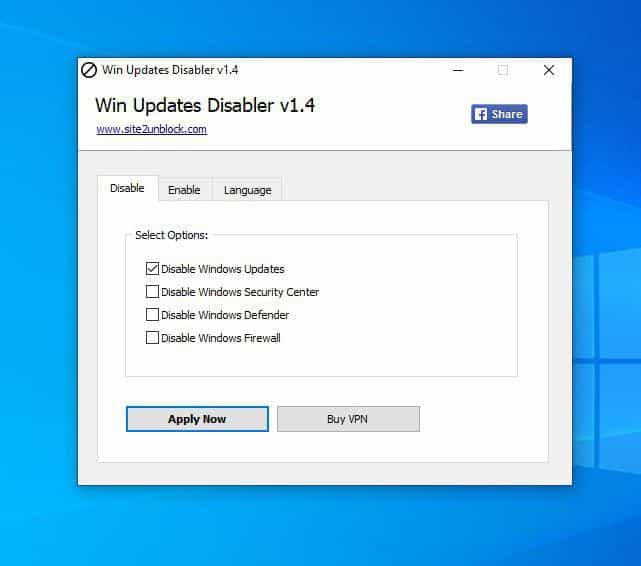History of Crypto-currency Ethereum (ETH) – what you need to know
Ethereum for a long time and quite deservedly ranked second in terms of capitalization after bitcoin. But this fall, he will begin transition to POS-mining, which will completely change this crypto currency.
In this article we will look at the history of creating Ethereum, how it will change in the near future and what it will lead to.
History of Ethereum

The author of the idea of the Ethereum crypto currency is Vitalik Buterin, who in 2013 offered a new generation of Bitcoin 2.0 blockbuster platform, where users can create and run smart contracts and decentralized applications. To realize his plans, Buterin collects a team of like-minded people and conducts fundraising with the help of the kingfunding in the second half of 2014. In total, the development of the ethereum managed to collect 31,591 BTC, which at that time amounted to $ 18 million. The launch of the ethereum was held in July 2015, and in March 2016 the platform was updated to a stable version.
An important point in the history of Ethereum is the separation of the chain as a result of the network’s power network in the summer of 2016. In June, on the basis of the ethereum, ICO DAO was held, the idea of which was to develop a platform for automatic investment management. In total, $ 100 million was collected in ETH, but due to an error in the project’s smart contract, an unknown hacker could steal more than half of that amount. The stolen money could be found and transferred to a blocked account, but it was impossible to return them to investors without the network’s hyrdforka. Thus, with the support of Vitalik Buterin and the majority of the Ethereum community, the blockade was rolled back to the point of stealing money and launched a mechanism for returning funds to DAO investors. But some of the users of the ethereum did not support the idea of hardfork for the sake of satisfying the financial interests of a particular group of people and continued to use the original block, calling its Ethereum Classic project.
An important test for the ethereum was the appearance of crypto-kittens in December 2017. This simple game of breeding unique kittens on the blockade was so popular that the ethereum network did not cope with a sharp increase in the number of transactions, and the transfer fee soared from $ 0.2 to $ 4. The popularity of cryptotics was quickly over and the network returned to normal mode of operation. But in July 2018, a spam attack was conducted on the ethereum. According to Vitalik Buterin, the cost of this attack was $ 15 million, and at its peak, the commission fee for the transaction jumped to $ 5.
These events indicate that Ethereum has serious problems with scalability. They can be solved already this fall, when the transition to the protocol Casper and the introduction of technology sharding will begin.
Casper and Sharding

How does Buterin and the company plan to solve the problem of blockbuster scalability?
First, a transition to mining will be made using the “proof of ownership” algorithm, which is called Proof-of-Stake or abbreviated as POS-mining. According to this algorithm, transactions are confirmed by those who already own a crypto currency and do not need powerful equipment to create a new block. Such mining is also called forjing.
The developers of the ethereum originally planned to switch to POS-mining and for this purpose a “complexity bomb” is embedded in the crypto currency code, a software restriction that in time will make uncommon normal mining unprofitable. The transition to forging is scheduled for the fall of 2018, for which the network is planned to host a hardcore called Casper. This process will be gradual and first the Ethereum blockbuster will work on hybrid mining, which will combine work on the classic Proof-of-Work algorithm and the new Proof-of-Stake. At the same time, the reward of ordinary miners will decrease five times to 0.6 ETH per block.
After the upgrade of Casper in Ethereum, shading technology will be introduced, which is a network of many blockhouses. Each segment of such a network processes the transactions on its own, thereby increasing the overall throughput a lot. At the same time, individual block libraries are synchronized with each other, which allows you to send money from one network to another. And in case of an attempt to hack one of the blockboys, other networks will block the changes made by the hacker and restore the correct data. According to Vitalik Buterin, the successful application of technology sharding – will bring Ethereum to one level with the payment system Visa.
How will Ethereum

The implementation of the announced updates of the etherium will change it beyond recognition and this will be sure to have its consequences.
The transition to the hybrid mining algorithm will not appeal to those who are already mining ETH with their own mining farms. A likely development of events will be the switching of a part of the miners to the extraction of another crypto currency, and most likely it will be Ethereum Classic. As far as this will affect the hashed and how the security of the Ethereum network will be reduced, it is difficult to assess. But the developers expect to compensate for the difference in security through POS-mining.
But if users Ethereum Classic, which, by the way, refused to switch to forging, only waiting for the launch of the update Casper. That crypto currency EOS it is time to begin to worry, because the updated ethereum will work on a similar principle, but will offer a much greater level of decentralization. If earlier on the side of the EOS project there was a high transaction speed, and the strength of Ethereum was a large number of users. That updated ethereum should work with no less speed, which means its users will not need to search for a faster and more scalable block.
Prospects for Ethereum

Realization of the plans of the team Vitalik Buterina will lead Ethereum to a new level of technological development. This will strengthen its position as the top 2 crypto currency and the most popular blockbuster for smart contracts and ICO.
But this way is unlikely to be easy, because you can not exclude problems with errors in the code, the emergence of new offshoots of blockage, as well as unfair play on the part of competitors. It’s about possible spam attacks and fake news.
Buterin and the ethereum team have passed the point of no return, when it’s too late to give up your words. And the future of Ethereum depends on how much their plans coincide with reality.



















